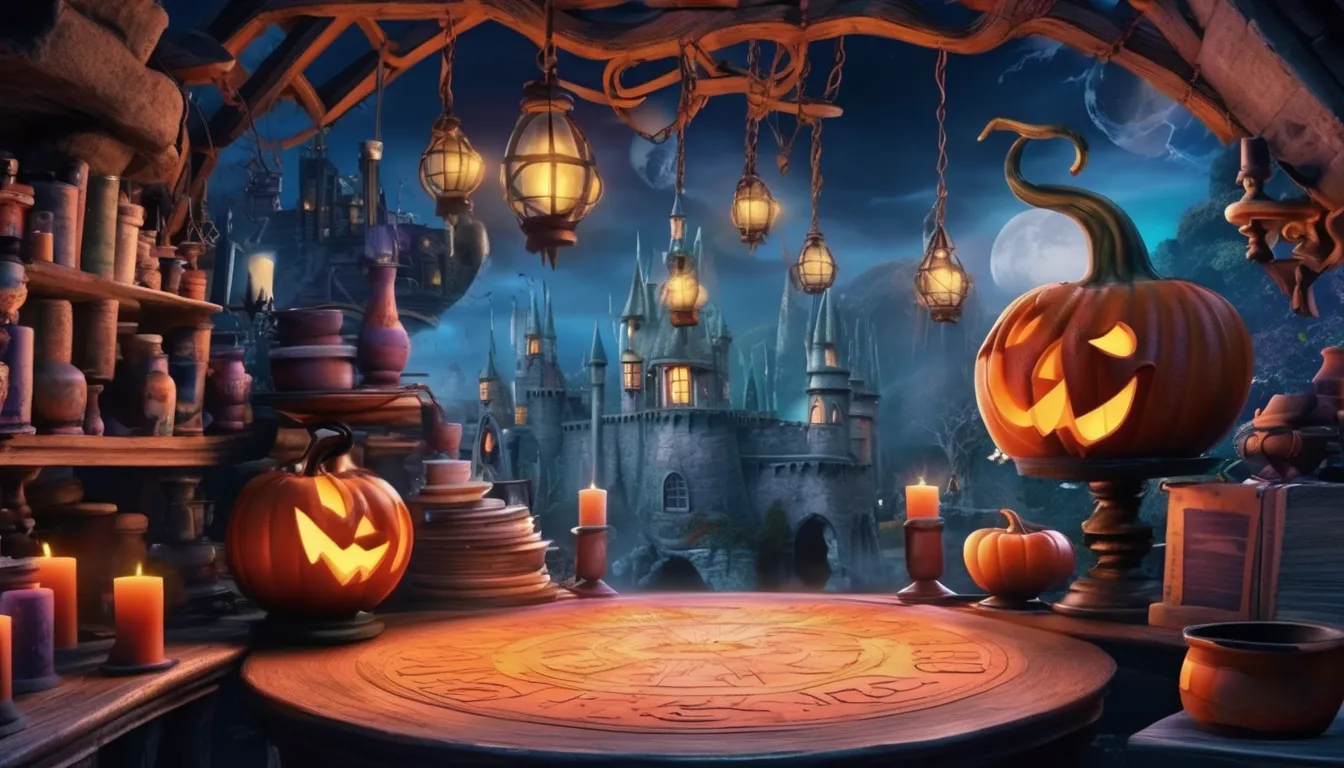As you step into the world of animation studios, you’re about to witness the intricate dance of creativity and technical expertise. From conceptualizing a story to bringing it to life, the process is a complex, multi-faceted journey that requires meticulous planning and execution. You’ll get to see the earliest stages of concept development and storyboarding, where the foundations of a narrative are laid. But that’s just the beginning – the real magic happens when you see how these initial ideas evolve into fully-fledged characters, worlds, and storylines. But what happens next?
Concept Development and Storyboarding
Concept development and storyboarding are crucial steps in the animation process. You’re essentially laying the groundwork for your entire project, so it’s essential to get it right.
During concept development, you’ll refine your idea, define the tone and style, and develop a clear vision for your animation. This is the time to experiment with different concepts, themes, and genres to determine what works best for your story.
Once you’ve solidified your concept, it’s time to create a storyboard. This visual representation of your animation will help you plan the pacing, shots, and overall flow of your project.
You’ll break down your script into individual scenes, sketch out the action, and make any necessary adjustments before moving forward. A well-crafted storyboard will save you time and headaches in the long run, ensuring that your animation stays on track and meets your artistic vision.
Character and World Building
Your 3d animation company ‘s characters and world are its lifeblood, bringing depth, emotion, and authenticity to the story.
As you build your characters, you’re crafting the emotional core of your narrative. You’ll want to develop their motivations, backstories, and personalities, making them relatable and engaging.
Consider their strengths, weaknesses, and quirks to bring them to life.
World-building is just as crucial, as it sets the stage for your story and characters.
You’ll need to create a rich, immersive environment that draws your audience in.
Think about the culture, history, and geography of your world.
How do these elements shape your characters and their experiences?
What’re the rules and logic of your world, and how do they impact your story?
You’ll also want to consider the visual aspects of your world and characters.
What’s the aesthetic, and how does it enhance the narrative?
How do your characters interact with their environment, and how does that reveal their personalities?
Animation Production Pipeline
What sets an efficient animation production pipeline apart from a chaotic one? It’s the careful planning, execution, and management of each stage.
As you oversee your animation project, you need to ensure that every step is well-coordinated and tracked. This means establishing clear goals, deadlines, and communication channels.
A well-structured pipeline is crucial to delivering high-quality animation on time and within budget. Here are four essential components to focus on:
- Pre-production planning: Define project scope, timelines, and resource allocation to set the foundation for a smooth production process.
- Asset creation and management: Organize and track the development of characters, props, and environments to avoid duplication of effort and ensure consistency.
- Production workflow: Establish a clear production schedule, task assignments, and review processes to ensure that each stage is completed efficiently.
- Quality control and feedback: Regularly review and assess the project’s progress, incorporating feedback from the team and stakeholders to ensure that the final product meets your vision.
Sound Design and Music Composition
Sound design and music composition can elevate your animation from mere visuals to a fully immersive experience. You’re not just creating a soundtrack; you’re crafting an emotional journey that complements your visuals.
Start by identifying the tone and atmosphere you want to convey in each scene. What emotions do you want to evoke? What sounds will enhance the action or dialogue?
As you design your sound, consider the 3D audio space. Where are the sounds coming from? How will they interact with each other?
You can use techniques like panning, layering, and depth to create a rich sonic landscape. Music composition is also crucial, as it sets the pace and mood of your animation.
You can commission an original score or use licensed music, but make sure it aligns with your vision. Experiment with different melodies, rhythms, and instrumentation to find the perfect fit.
Final Editing and Post-Production
As you’ve carefully crafted your animation’s visuals and sound design, it’s time to tie everything together in the final editing and post-production phase.
This is where you refine the pacing, timing, and overall flow of your animation. You’ll make sure the scenes are in the right order, the transitions are smooth, and the dialogue is in sync with the action.
In this phase, you’ll also focus on color correction, visual effects, and adding any final visual elements.
Here are some key steps to consider:
- Review and revise: Take a close look at your animation and make any necessary changes to the editing, sound design, or visuals.
- Add visual effects: Incorporate any final visual effects, such as CGI elements or motion graphics.
- Color grade and finalize: Make any final adjustments to the color palette and overall look of your animation.
- Sound mix and master: Ensure the sound levels are balanced and the overall audio quality is high.
Conclusion
You’ve now caught a glimpse of the intricate process behind animation production. From conceptualizing ideas to final editing, every step is crucial in crafting an immersive experience. Character and world building, sound design, and music composition all blend together to bring stories to life. With a deeper understanding of the animation pipeline, you can appreciate the artistry and technical expertise that goes into creating captivating animations that engage audiences worldwide.


